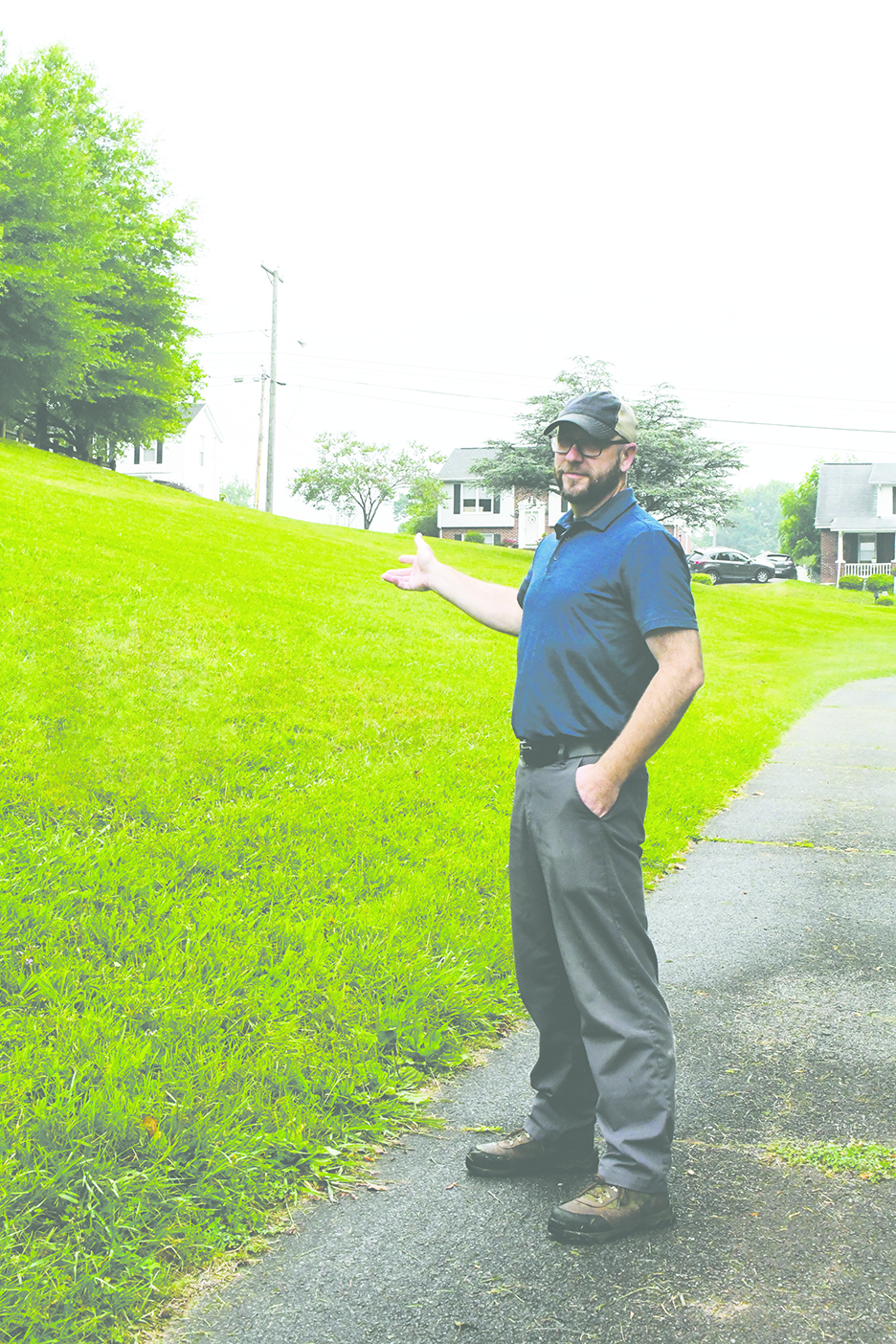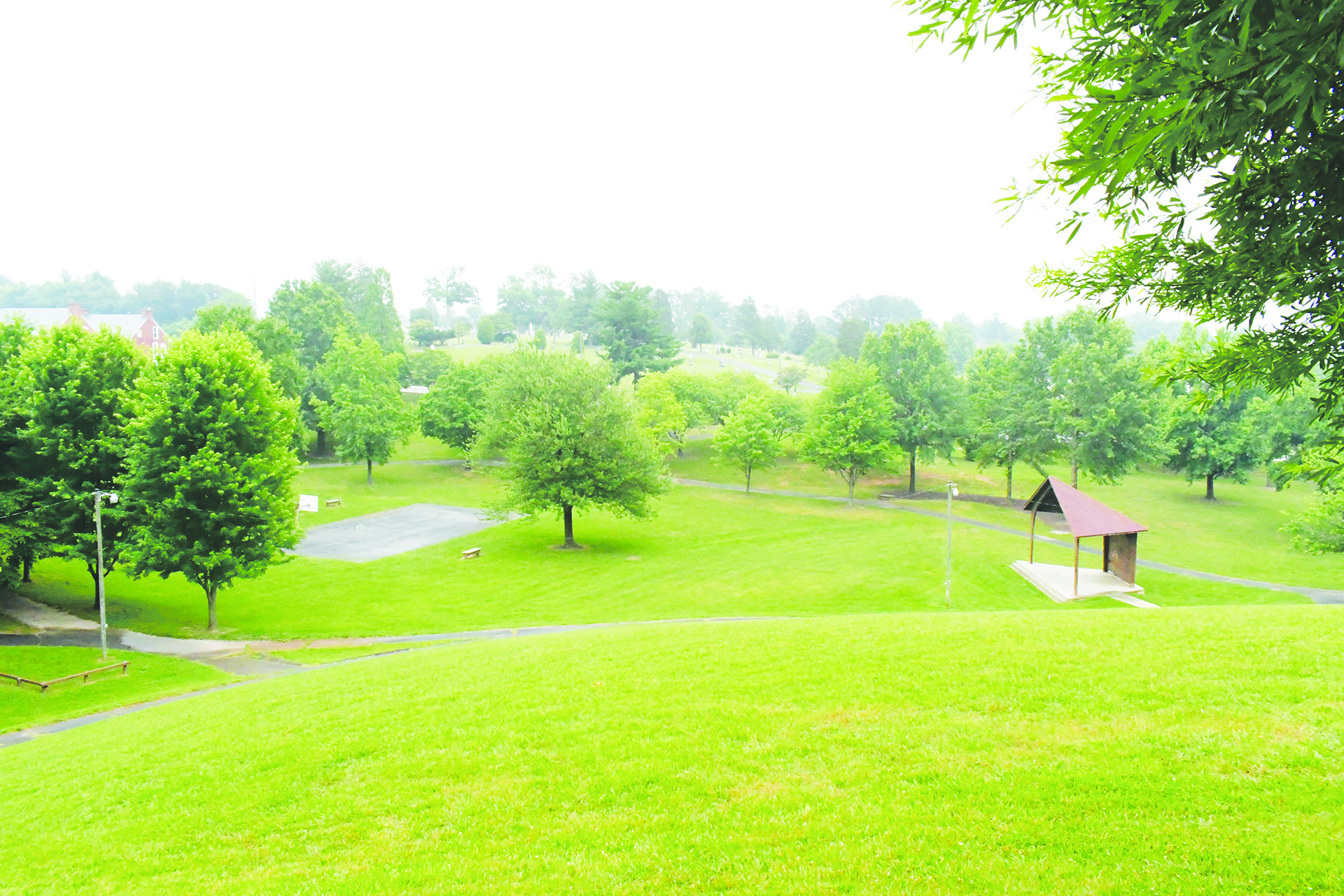

Megan O’Kuly
Contributing writer
The City of Salem has been recognized for its efforts in community beautification with a $1,000 Green Grant from “Keep Virginia Beautiful” and its 13th Annual Green Grants Program. This award acknowledges Salem’s commitment to enhancing the natural splendor of its public spaces while promoting environmental sustainability.
In a significant undertaking, Salem plans to transform a vast grass area in Longwood Park into a thriving native prairie. This initiative aims to expand the acreage of naturalized spaces for pollinators, creating a vibrant habitat that will delight visitors and benefit local wildlife. Jeff Ceaser, the Salem City horticulturist, shared his vision for the project, stating, “The goal is to cover the whole hillside in natural prairie habitat.”
While the grant money of $1,000 may not cover the entire endeavor, the city intends to begin with test plots to assess the feasibility and success of the project. Ceaser explained, “We can at least do a test plot and then, maybe the year after, do another plot and then keep adding to it.” This incremental approach ensures that the picturesque hillside view cherished by park-goers remains intact while little patches of native prairie are gradually introduced throughout several sections of the park.
The project has already seen progress, with the removal of over a dozen dead or rotting trees, according to Ceaser. Ceaser envisions creating a food forest in the park, complemented by a diverse array of pollinators. “We hope to have a food forest eventually, and it would be a great place to have pollinators,” said Ceaser, highlighting the essential role of bees, butterflies, wasps, and other pollinating species in the ecosystem.
To achieve this, the city plans to incorporate native species into the prairie, such as aster and milkweed for monarch butterflies. Ceaser notes that the selected species will be suitable for the region, with a focus on native plants and flowers from the transition zone between the northern and southern climates.
“Creating a native prairie is a gradual process that requires time and patience,” Ceaser cautions, “It can sometimes take 2, 3, 4 years before you really start to actually see the ‘WOW factor.'” During the initial phase, planted grasses will dominate the landscape, followed by the emergence of flowering plants in subsequent years. The city plans to mow unwanted vegetation and selectively treat invasive species, allowing the prairie to thrive and develop naturally.
While the transformation may appear untidy or unkept to some, Ceaser encourages residents to embrace the change and recognize the long-term benefits. “Once they start to see these nice tall grasses with an array of flowering species, people can understand why it is beneficial,” he stated. The city plans to install informative signage throughout the park, ensuring that visitors understand the ongoing project and appreciate the beauty that will unfold over time.
By converting turf grass into a native prairie, Salem aims to reduce maintenance costs and promote environmental sustainability. The Green Grant funds will be allocated towards the removal of existing grass, ground preparation, and the purchase of native seeds for hydroseeding. This investment reflects the city’s commitment to creating a visually stunning and ecologically diverse community.
As the project progresses, residents are encouraged to stay updated through official city communication channels and to visit Longwood Park to witness the transformation firsthand. Salem’s dedication to beautification and environmental stewardship promises a future where native prairies bloom, pollinators thrive, and the community reaps the rewards of a vibrant and sustainable landscape.




